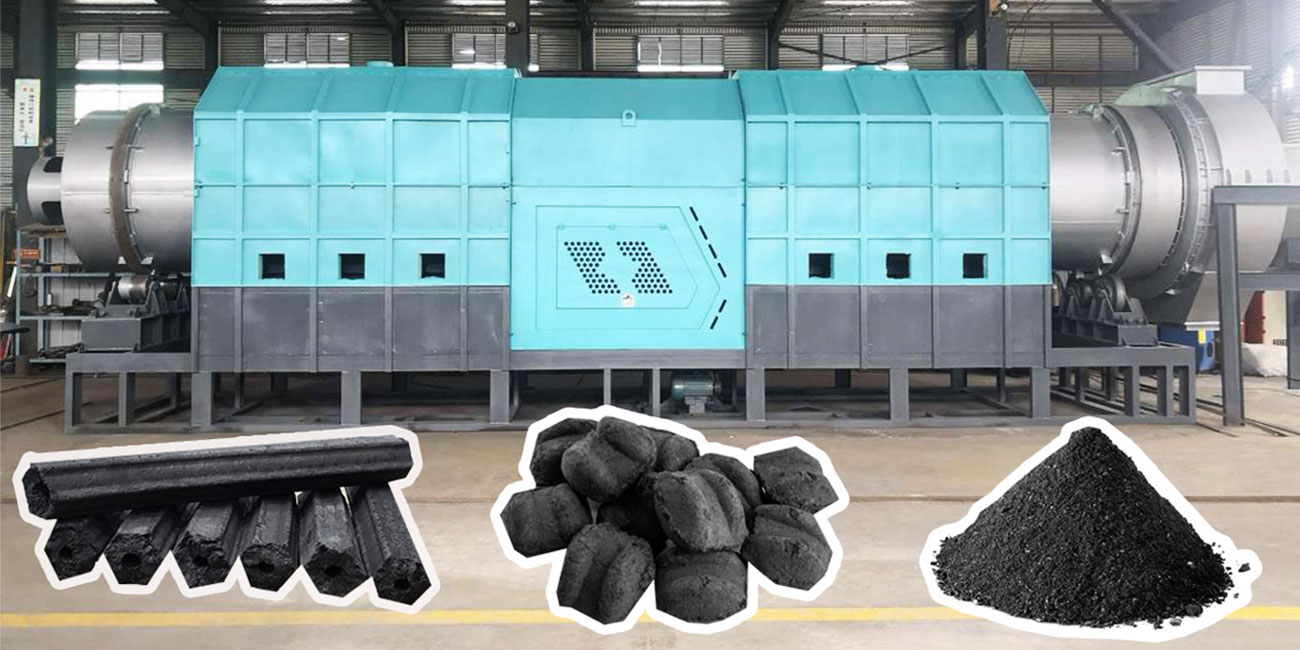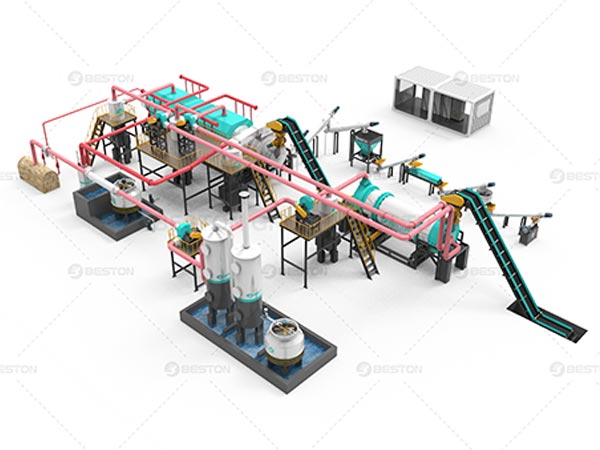With the ever-growing energy demands across the globe, converting waste into valuable products to ease the pressure on the energy crisis has become even more important than ever. Through a sequence of thorough processing, a waste product such as rice hulls can be transformed into high-caloric charcoal, which is used across many sectors and industries.
Rice hull was once a biomass waste that was typically used to feed animals, and not many people were aware of its true value. Rice hull was also once burnt, which resulted in significant environmental pollution. Since rice husk carbonizers are considered one of the environmental projects, it has gained significant support from several governments across the globe.
Some of the top features of the rice hull carbonizer are its compact structure, advanced technology, state-of-the-art supporting devices, and end products associated with high value.

What Is The Rice Hull Charcoal Making Process
The process to convert rice hulls into charcoal involves four steps. This includes pyrolysis (high temperature), sulfur emission, flue-gas volatilization, and charcoal enrichment.
The first step of the process is to reduce the moisture content. If the rice hull has a moisture content of 20% or higher, the carbonizer needs to include a pretreatment device. This is a dryer that removes residual moisture. The raw materials are then fed into the furnace where it is heated to a very high temperature. Once the furnace reaches 100 degrees centigrade, the materials will turn into charcoal and generate a combustible gas. More information on charcoal machine here.
Once the carbonized materials have cooled down, they will be ready for collection. The combustible gas is then processed further by the condenser system and the spray-dedusting system into wood vinegar and tar. The production process helps to achieve high efficiency.
The pyrolysis process that occurs in the carbonizing furnace produces combustible gas which is then purified in a spray-dedusting system that removes the sulfur. The gas is then recycled by providing heat to the dryer device and the furnace, rather than having to burn traditional fuels like wood, natural gas, or coal.
This helps to significantly increase heat utilization which improves working efficiency. The one-fire with two-step technology is what helps to further improve production efficiency. When it comes to profits, rice husk carbonization machines can help customers to save a lot on costs, and make an extensive contribution to environmental protection and energy savings. See the sawdust charcoal making machine here.

What Are The End Products Produced By The Rice Husk Carbonizer Machine?
Carbonized rice hulls which are also known as artificial charcoal contain an impressive caloric value. This type of charcoal is applied widely in many sectors including agricultural, household, and commercial industries. It is a common material used in BBQs since it has a non-pollution effect and a higher burning value. In agricultural settings, rice husk charcoal is used as a fertilizer or additive which helps to improve soil quality.
Wood vinegar and tar are both chemical materials that are also produced through palm kernel shell charcoal making machine. These materials are corrosion-resistant and durable which makes them a popular choice to use when producing other chemical products.